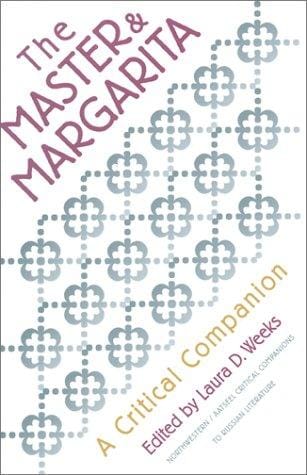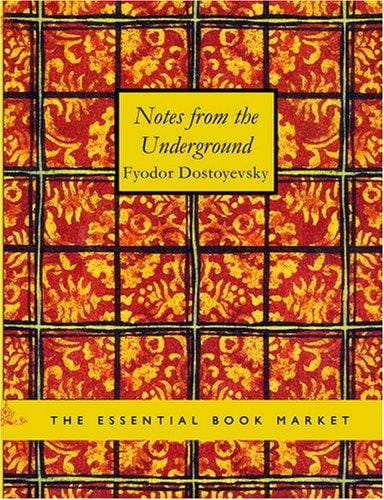Master and Margarita: Everything You Need to Know About Bulgakov’s Iconic Novel
Explore Bulgakov's The Master and Margarita: a dazzling mix of satire, romance, and the supernatural. Discover its plot, themes, and enduring literary influence.

Introduction
The Master and Margarita, written by Russian author Mikhail Bulgakov in the 1930s but published only in the Soviet Union in 1966–67, is widely hailed as one of the greatest novels of the twentieth century. Combining biting political satire, a tender love story, philosophical inquiry, and riotous supernatural comedy, it defies easy categorization. At once playful and profound, the book invites readers into a world where the Devil visits Moscow, Pontius Pilate agonizes over Jesus’ fate, and a desperate writer seeks redemption through art.
Plot Summary
The novel opens in 1930s Moscow, where the Devil, posing as the suave foreign consultant Woland, materializes on Patriarch Ponds and promptly predicts the death of a self-important literary bureaucrat. Accompanied by a talking black cat, a pale-faced hitman, and a seductive witch, Woland embarks on a series of pranks that expose the greed and hypocrisy of Soviet society. Parallel to these misadventures is the tale of the Master, a disillusioned novelist whose manuscript about Pontius Pilate has been rejected, and Margarita, the fiercely loyal lover who will bargain with forces of darkness to save him. The two threads ultimately converge during Woland’s grand Satanic Ball, where Margarita serves as hostess before earning the wish that reunites her with the Master.
Dual Narrative: Moscow and Jerusalem
The brilliance of The Master and Margarita lies in its intricate double narrative. While the modern chapters burst with anarchic humour, Bulgakov intercuts them with solemn, sun-drenched scenes set in ancient Jerusalem. These chapters retell the trial of Yeshua Ha-Notsri (Jesus of Nazareth) through the troubled conscience of Pontius Pilate, creating a moral counterpoint to the Moscow farce. By weaving contemporary atheistic Moscow with timeless ethical questions, Bulgakov blurs the line between fiction and reality, reminding readers that power, cowardice, and compassion transcend eras.
Satire of Soviet Society
Satire is the novel’s sharpest weapon. Bulgakov lampoons Soviet literary committees, greedy tenants, black-market hustlers, and bureaucrats obsessed with public image. Tickets to a magic show become a frenzy of consumerist desire; a journalist is literally decapitated for his dogmatic certainty; theatre managers vanish after pocketing bribes. Every comic episode doubles as pointed criticism of censorship, collectivist conformity, and the hollowness of state-sponsored atheism. Yet Bulgakov’s humor is never merely cynical—his absurd spectacles invite readers to imagine a freer, more humane society where creativity and conscience matter.
Religious and Philosophical Depth
Despite—and because of—its antic satire, the novel engages deeply with questions of faith, guilt, and redemption. The Master’s despair echoes Bulgakov’s own struggles against Soviet censorship, while Pilate’s insomnia embodies the torment of moral compromise. Woland, far from a one-dimensional villain, functions as a cosmic accountant who rewards courage and punishes deceit. Margarita’s fearless leap into the supernatural realm underscores the power of sacrificial love. Together these motifs offer a nuanced challenge to dogmatic materialism: good and evil exist, conscience is real, and true freedom begins with personal responsibility.
Supernatural Spectacle and Magical Realism
The supernatural scenes still dazzle modern readers. A tram decapitates a critic after an uncanny prophecy; a cat fires a revolver on the streets; an entire theatre audience wakes up in their underclothes on the other side of town. Bulgakov stages these episodes with the logic of a dark carnival, pioneering a brand of magical realism that would later influence writers from Gabriel García Márquez to Haruki Murakami. The outlandish spectacles are not empty tricks—they cast an unflattering mirror on mundane reality, exposing how quickly ordinary citizens abandon principles when tempted by luxury or terror.
Historical Context and Censorship
Bulgakov wrote the first drafts in the shadow of Stalinist purges, hiding pages in drawers while friends disappeared. Censors repeatedly suppressed his work, and he died in 1940 believing the novel would never see daylight. When a heavily cut version finally appeared in a Soviet journal two decades later, readers copied it by hand and passed it around in samizdat editions. The book’s very survival is a testament to the resilience of art under totalitarianism, and each mischievous devilment can be read as coded defiance aimed at the regime that silenced its creator.
Enduring Cultural Influence
Since its belated publication, The Master and Margarita has infiltrated global culture. It has inspired rock songs by The Rolling Stones and Franz Ferdinand, stage adaptations in dozens of languages, operas, graphic novels, and television series. References surface in everything from Salman Rushdie’s The Satanic Verses to American Horror Story. In Russia, annual walking tours trace Woland’s route through Moscow, while scholars debate every symbolic cat hair. Few twentieth-century novels have generated such a lively afterlife, confirming Bulgakov’s own belief that manuscripts don’t burn.
Why You Should Read It Today
So why should a twenty-first-century reader open this eccentric Russian classic? First, it is irresistibly entertaining—equal parts dark comedy, romance, and philosophical thriller. Second, its critique of propaganda, corruption, and cultural anxiety feels eerily contemporary. Third, it celebrates the redemptive power of art and love in the face of oppression. Finally, it reminds us, with flamboyant theatricality, that moral choices matter even when the world seems absurd. Few books manage to be this fun and this wise at the same time.
Conclusion
The Master and Margarita is more than a cult favorite; it is a multilayered masterpiece that continues to delight, provoke, and console. Whether you read it for the talking cat, the tragic love story, or the stirring moral vision, you will emerge seeing the ordinary world in an extraordinary new light. As Woland himself suggests, everything will turn out right—in the great, eternal scheme—so long as we refuse to betray the truth in our own hearts.



